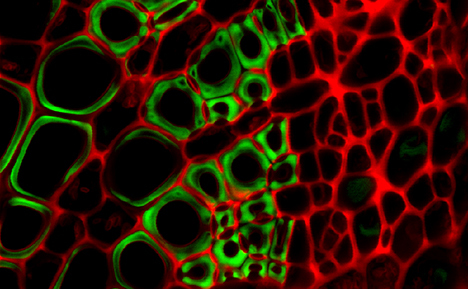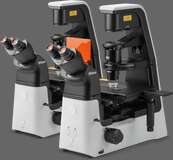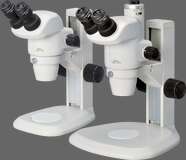- en Change Region
- Global Site
- Home
- Resources
- Applications
- Life Sciences
- Plant Science
Applications
Plant Science

Plant science, or botany, studies the structure, reproduction, growth, metabolism and diseases of plants. It has relevance to a wide range of related disciplines including medicine, food production, environmental science, and the supply of many materials (timber, fibres such as kapok, paper, linen, biofuels).
There are a wide variety of optical imaging techniques applicable to plant science, from stereomicroscopy for the microscopic examination of gross specimens, to brightfield imaging of fixed and stained plant sections, and state of the art confocal techniques for live cell imaging.
GFPs in combination with confocal and time-lapse imaging allow researchers to identify and monitor key cellular components over time in living cells. This can be used to; investigate the growth of particular plant structures in response to internal (for example, plant hormones) and external (for example, light, temperature, chemical) stimuli, monitor phloem and xylem transport, investigate the role of protein and membrane dynamics (using techniques such as FRET, FRAP and FLIP), identify plant viruses, and monitor the effects of genetic modification, and tissue specific gene expression. Spectral confocal imaging is particularly helpful in plant cell imaging as it can easily distinguish between fluorescence emanating from probes and autofluorescence generated by the plant itself.
Other useful techniques include darkfield, phase contrast and DIC techniques to reveal surface structure in unstained or lightly stained living specimens. Polarising microscopy is ideal for the observation of crystalline and highly ordered plant structures.
- Home
- Resources
- Applications
- Life Sciences
- Plant Science






